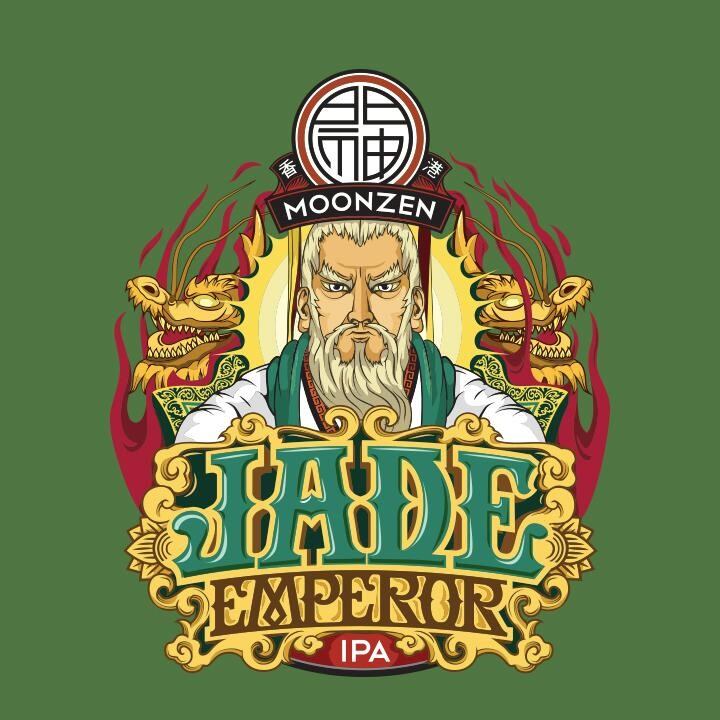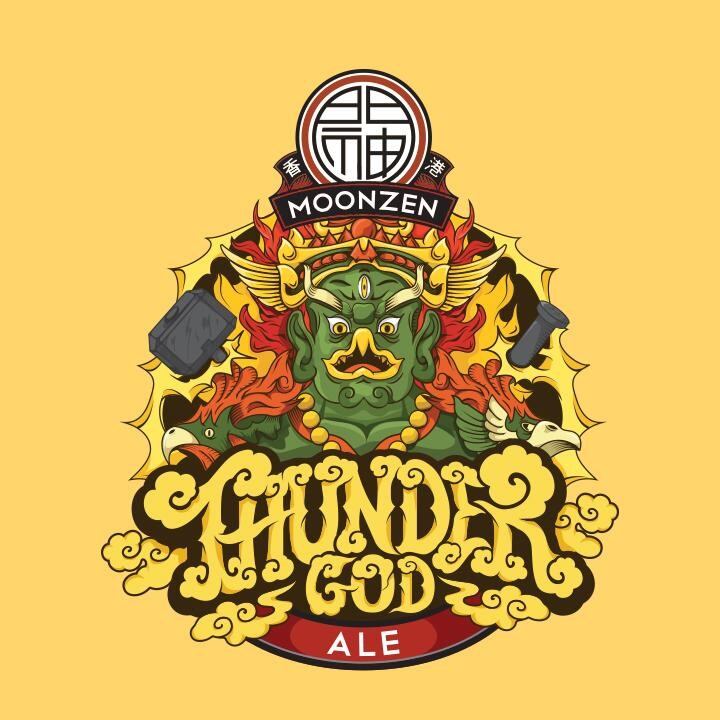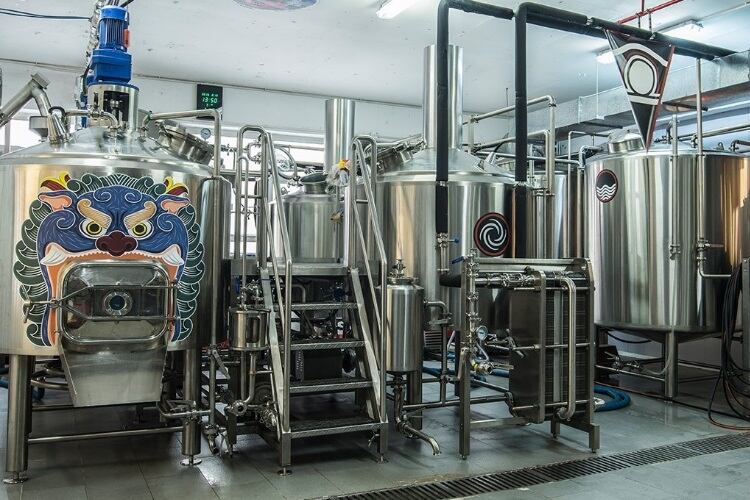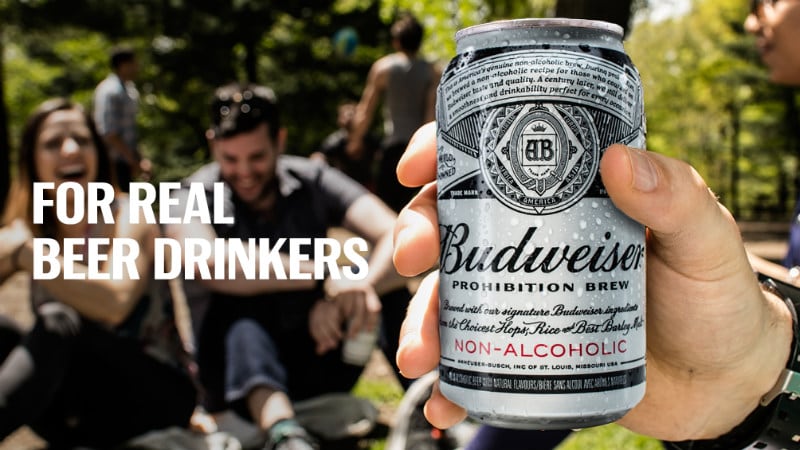Set up five years ago during the first wave of the city-state’s craft beer movement, Moonzen has embraced Cantonese culture from its branding and imagery to the ingredients it uses to flavour its beers.
A 'good beer' curiosity
Mexican Laszlo Raphael founded the company with his wife after losing his job on oil rigs in Libya after the Arab Spring. He had moved to Hong Kong with no experience of brewing and started to like the idea of making his own beer.
Starting off on a nano scale for the first two years, the company now produces 26,000 litres per month for the local market.
“I had no background whatsoever in beer, I was just an engineer with a curiosity about good beer,” said Raphael.
“The good thing about our brand is we have always had organic growth that’s been funded by the business and gone at our own pace. After a while I felt the operation should be yielded to professional people, that’s why now we have a full team of brewers, both local and from places like South Africa and the United States.”
Hong Kong’s so-called craft revolution was underwhelming, he recalls, with four or five fellow brands in the first wave of five or so breweries. After these became popular, more brands arrived, as did many tiny brewing startups. Now he says the market is getting saturated with as many as eight breweries with sizeable production and there could be another 30 or so smaller operations.

Unlike other markets, craft beer prices are priced similar to mass-market beers like Sella Artois and Heineken. This is because a sizeable margin of the high prices Hongkongers pay goes to the vendor, and not the cost of production. And as the big players try to make their brewery-gate prices as low as possible, they in turn force the craft breweries to do the same.
“Also, the thing about Hong Kong is the distinction between macro beer and craft beer was never distinct, so consumers don’t pay a lot of money for an IPA versus a Tiger or Corona,” said Raphael.
“Beer is expensive in Hong Kong, but a lot of that margin isn't being taken up by the manufacturing side but by the outlets. These expect to make the same percentage margin from us as from Heineken or Carlsberg or any other macro brand.”
Spicy porters and salted IPAs
Moonzen has maintained its position as a medium-sized craft brewery, but stands apart from he competition as the only one to incorporate Chinese flavours in its beers.
Moonzen will never bring a pumpkin spice stout, but it has produced a series of provincial beers that take their inspiration and an ingredient from the provinces they are named after. These include a Sichuan spicy porter and a Jianxi salted mandarin IPA.
“That gives us a very distinct identity which not many breweries in Asia or the world are doing that,” said Raphael. “Every beer has its own story that will connect drinkers to the culture. Our mission is to celebrate Chinese culture, craft and community through our beers.”
The evolving Hong Kong craft beer market began largely within the sizeable expat population but has increasingly been attracting local support. It has become the nature of craft drinkers there to demand a regular turnaround of beer types including seasonal and limited editions, like Moonzen’s provincial series.
Its year-round menu includes Thundergod Ale, a flagship beer with a fresh taste of hoppy tropical fruits, Monkey King Amber AAle, Jade Emperor IPA and Moon Goddess Chocolate Stout. There are no prizes for guessing that Chinese gods are heavily represented in these beers.

After travelling around China, looking around and taking in different traditional stories, the husband and wife owners sketched down their ideas and gave them to a friend, an artist and typographer, to turn them into brand designs.
“Most of our inspiration has come from mythology, so we’re just retelling these stories through our beers. That’s what has inspired us to bring this aura of fantasy around our beers,” said Raphael.
Negotiating Hong Kong's red tape
He predicts the craft industry will see consolidation and then specialisation over the next five years or so. He also expects one or more international craft player to enter the market by buying a successful local brewery, while more tiny, niche players arrive, producing very small volumes.
Despite Hong Kong’s reputation for light regulation and a business-friendly environment, there is a great deal of red tape to negotiate.
“The thing about this place is it’s really easy to incorporate—you can have a company in only a day. But if you want to open a bank account, it’s going to take a lot of referrals and visits to the bank, and it’s really not easy at all,” said Raphael.
“The other thing is you need to have a food factory licence to produce beer in Hong Kong. And one you finally get this, there will be on-site inspections to make sure we are meeting their standards, just like a food company. But the biggest thing, though, aside from all the red tape, is the rent.”
So far, business for Moonzen has been developing and it is well placed to accommodate the market as it expands with its distinctive beers and all their associated legends. With its roots in craft, Chinese culture and community, the door gods appear to be fulfilling their role of attracting good luck.


